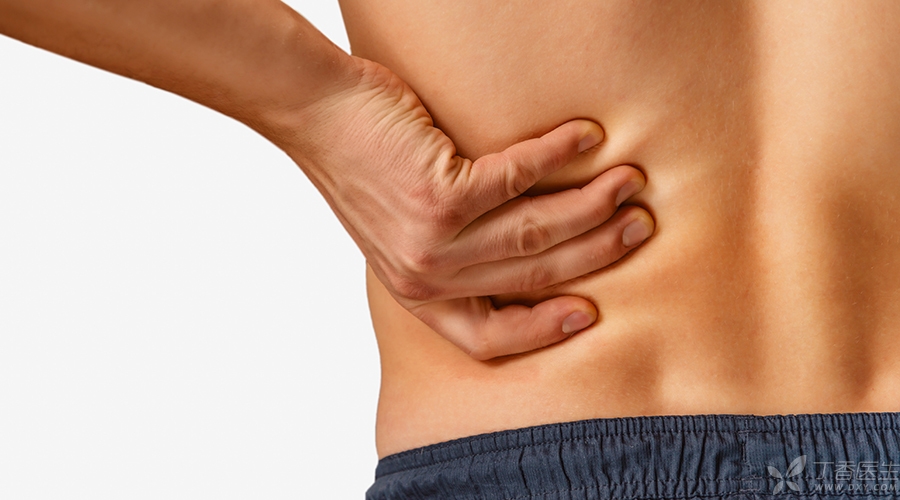
Manifestations of renal calculi
Patients with kidney stones often suffer from pain when urinating. Blood streaks or small stones can be found in urine. The whole body may have fever, chills and other manifestations, and some may also have colic in the back or lower abdomen, nausea and vomiting.
Treatment of renal calculi
According to the composition and size of the stones, the treatment methods for kidney stones are different.
1. Medication
Patients with stones less than 0.6 cm, no obvious symptoms and no renal function damage can choose drug therapy. Drug therapy mainly includes drinking more water and increasing urine volume. Control of infection; Promote ureteral peristalsis and accelerate stone discharge.
2. Extracorporeal shock wave lithotripsy
Extracorporeal shock wave lithotripsy is mainly suitable for kidney stones less than 2.5 cm. When the stone volume is too large, multiple lithotripsy is required, the stone removal time is long, and the stone is easy to remain.
3. Percutaneous nephrolithotomy
Percutaneous nephrolithotripsy is currently the most widely used minimally invasive surgical method for the treatment of kidney stones. This method is to make a small hole with a diameter of about 0.6 cm in the waist of the patient, establish a channel between the skin and the kidney, then extend an endoscope with the thickness of chopsticks into the stone part of the kidney, and finally smash and take out the stone.
Prevention of renal calculi
The following points should be paid attention to in preventing kidney stones:
1. Scientific drinking water. It is recommended to take 2.5 ~ 3 L of liquid every day to ensure that the urine volume is 2 ~ 2.5 L, so as to keep the urine clear and light yellow and avoid drinking too much cola, caffeine, grape juice, etc.
2. Change bad eating habits, eat less high-fat food, and appropriately increase the intake of fruits and vegetables;
3. Maintain a good state of mind, increase exercise appropriately and avoid sitting for a long time;
4. Combine stone components to guide prevention.
If there is a history of calculus in the past, the components of the discharged calculus should be analyzed to clarify their components and formulate effective preventive measures. For example:
1. Patients with calcium oxalate stones should eat less spinach, parsley, peanuts, black tea and other foods rich in oxalic acid;
2. Patients with uric acid stones should eat less animal viscera and seafood, limit high protein foods and drink less beer.
3. Patients with calcium phosphate or phosphate stones should eat less egg yolk, beans and milk.
4. Patients with infectious stones should relieve urinary tract infection.
